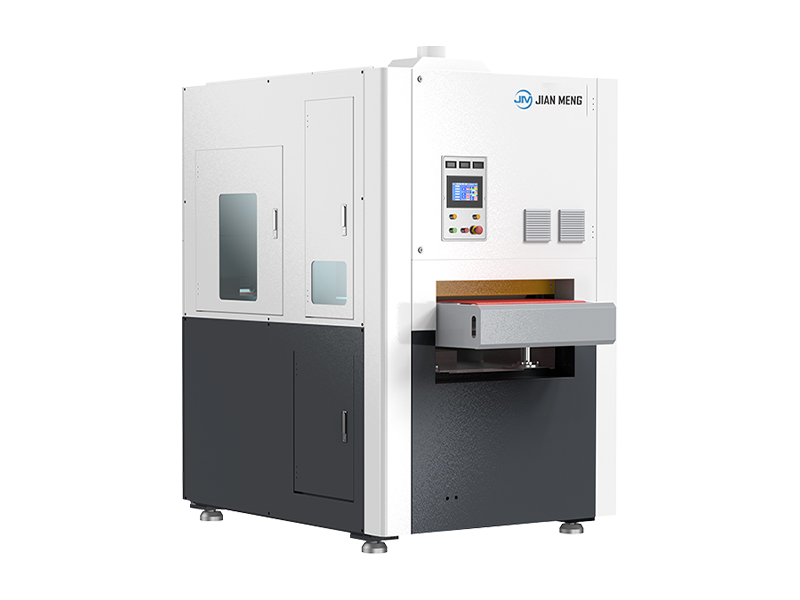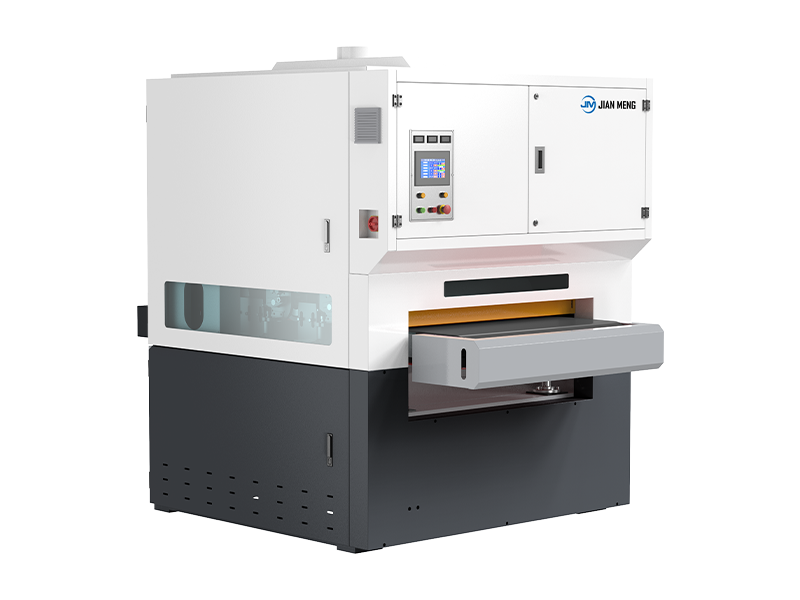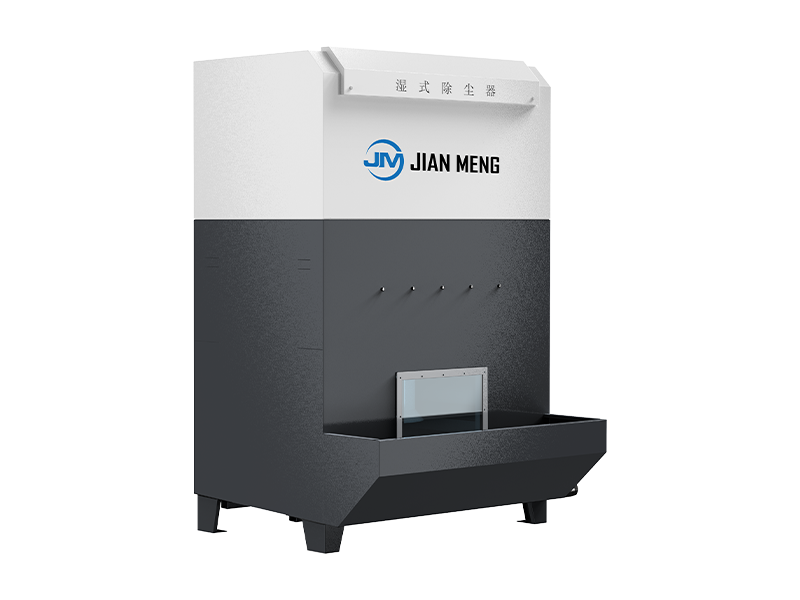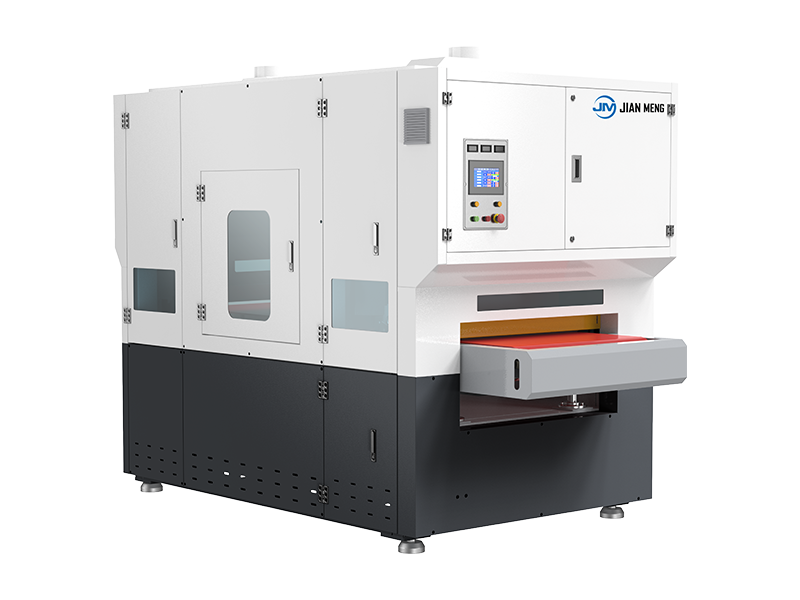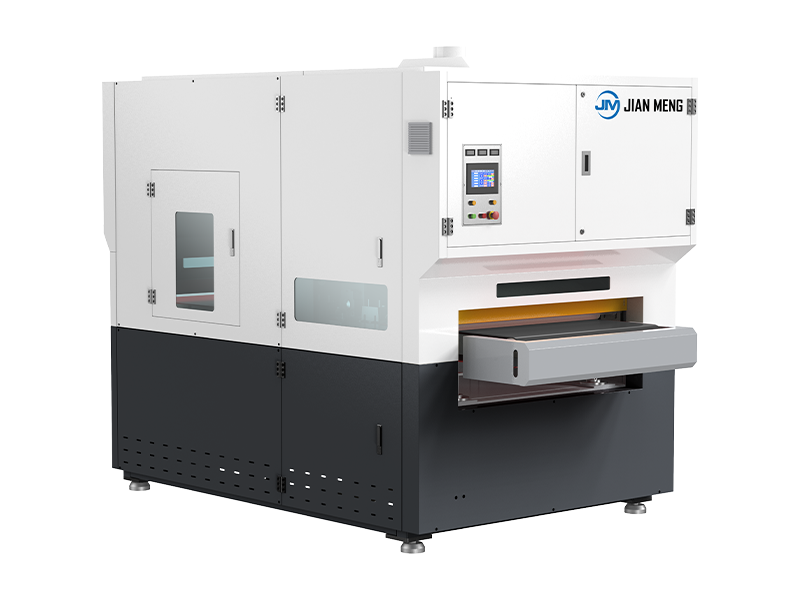In sheet metal fabrication—especially for shipbuilding and marine parts manufacturing, where components must adhere to strict standards (e.g., ISO 14644 for cleanroom marine parts, ASTM A131 for shipbuilding steel)—selecting a
bending machine (press brake) hinges on evaluating technical features that align with industry-specific demands. Below is a technically rigorous breakdown of the top features to prioritize, grounded in performance metrics, safety standards, and real-world applications for heavy-duty marine and shipbuilding tasks.
1. Precision Control: CNC-Driven Accuracy for Tight Tolerances
Marine components (e.g., ship hull frames, offshore platform brackets) and shipbuilding parts require micron-level precision to ensure structural integrity and assembly compatibility. Key precision-focused features to evaluate include:
- CNC Controller Capability: Opt for machines integrated with industrial-grade CNC systems (e.g., Delem DA-66T, Cybelec DNC 880S) that support 3D bending simulation and dynamic angle correction. These controllers eliminate "springback error" (common in marine-grade steel like AH36) by automatically adjusting ram position based on material elasticity.
- Ram Repeatability: Target a minimum ram repeatability of ±0.01mm (compliant with ISO 7752-1 Class 1)—critical for consistent flange heights across long ship components (e.g., 6m-long deck supports).
- Bending Angle Tolerance: Ensure the machine maintains ±0.1° angle tolerance. For marine pipe brackets (used in offshore oil rigs), a 0.2° deviation can cause pipe misalignment, leading to leak risks.
2. Tooling Versatility: Compatibility with Marine-Grade Workloads
Shipbuilding and marine fabrication involve diverse materials (mild steel, AH36 shipbuilding steel, aluminum 5083) and part geometries (thick plates, long beams, complex flanges). Prioritize tooling features that maximize flexibility:
- Tooling Compatibility: Verify compatibility with industry-standard tooling (per ISO 12164) for V-dies (opening ranges: 4mm–30mm), punch tips (radius: 1mm–10mm), and speciality tools (e.g., gooseneck punches for deep flanges in marine bulkheads).
- Quick-Change Tooling Systems: Look for automated tool clamping (e.g., hydraulic or magnetic) that reduces tool changeover time to 3–5 minutes—critical for switching between 10mm-thick steel plates (ship hulls) and 3mm aluminum sheets (marine equipment enclosures).
- Tool Wear Monitoring: Advanced machines include laser-based tool wear sensors that alert operators to dull punches/dies, preventing surface defects on marine components (which require corrosion-resistant, smooth finishes).
3. Capacity & Force: Matching Heavy-Duty Marine Requirements
Shipbuilding and marine parts often involve thick, high-strength materials (e.g., 20mm AH36 steel, 15mm duplex stainless steel) and long workpieces (up to 12m for ship deck beams). Evaluate capacity features through:
- Tonnage Alignment: Match machine tonnage to material thickness and type:
- 100 tons: Suitable for 6mm mild steel or 4mm aluminum 5083 (marine enclosures).
- 300 tons: Required for 15mm AH36 steel (ship hull frames) or 12mm duplex stainless steel (offshore pipe supports).
- Maximum Workpiece Length: For shipbuilding, select machines with 3m, 6m, or tandem-ready designs (two machines synced for 12m+ parts). Tandem systems must have ±0.02mm synchronization precision (per EN 12622) to avoid uneven bending in long beams.
- Force Distribution: Look for machines with symmetric hydraulic cylinders (or servo-electric drives) to ensure uniform force across the ram—critical for preventing "bowing" in wide marine plates (e.g., 3m-wide ship bulkheads).
4. Durability: Withstanding Marine Manufacturing Environments
Marine fabrication facilities often operate in high-humidity, corrosive environments (near coastal areas). Durability features should focus on corrosion resistance and long-term reliability:
- Structural Materials: Frame constructed from HT300 cast iron (high tensile strength) or S355JR steel (corrosion-resistant), with electrostatic powder coating (≥80μm thickness) to prevent rust.
- Component Quality: Hydraulic seals (for hydraulic press brakes) made from FKM (fluorocarbon rubber)—resistant to marine oils and saltwater vapor. Servo motors (for electric press brakes) with IP54 ingress protection (dust/water resistant).
- MTBF (Mean Time Between Failures): Target machines with MTBF ≥8,000 operating hours—reducing unplanned downtime (a $3,000–$6,000/hour cost for shipbuilding projects with tight deadlines).
5. Safety: Compliance with Marine Industry Standards
Shipbuilding involves heavy workpiece handling and high-force operations, making safety non-negotiable. Prioritize machines that meet global safety standards and include industry-specific safeguards:
- Certifications: Compliance with EN 12622 (press brake safety) and OSHA 1910.212 (machine guarding). For marine parts used in offshore applications, additional compliance with IMO (International Maritime Organization) safety guidelines is ideal.
- Active Safety Features:
- Safety light curtains (Type 4, per IEC 61496) with 30mm resolution—stopping the ram if an operator’s hand enters the bending zone.
- Two-hand control stations (per ISO 13851)—preventing accidental ram activation during workpiece loading.
- Ram overload protection (via load cells)—avoiding machine damage when bending ultra-thick marine steel.
- Emergency Protocols: Quick-access E-stop buttons (red, mushroom-headed) and automatic ram retraction (in case of power loss)—critical for protecting operators and expensive marine workpieces.
6. Automation & Integration: Streamlining Marine Production Workflows
Modern shipbuilding and marine fabrication demand efficiency to meet large-scale project timelines. Automation and integration features reduce manual intervention and improve workflow synergy:
- Automation Capabilities:
- Auto-tool detection (via RFID tags)—eliminating manual tool setup errors.
- 3D bending simulation (e.g., Delem Bend Simulator)—validating bend sequences for complex marine parts (e.g., curved hull brackets) before production.
- Conveyor integration—for automated loading/unloading of heavy marine plates (up to 500kg).
- Industry 4.0 Compatibility: Machines with OPC UA protocol support to integrate with MES (Manufacturing Execution Systems) and ERP software. This enables real-time tracking of marine part production (e.g., counting hull brackets) and predictive maintenance alerts.
- Cross-Tool Integration: Compatibility with upstream/downstream equipment (laser cutters, deburring machines)—creating a seamless workflow for marine parts (e.g., laser-cut plate → bent bracket → deburred edge).


 English
English  中文
中文  Arabic
Arabic  Russian
Russian  Spanish
Spanish  Portuguese
Portuguese  French
French  German
German  Hindi
Hindi  Thai
Thai  Vietnamese
Vietnamese  Khmer
Khmer  Italian
Italian  Turkish
Turkish  Korean
Korean  Belarusian
Belarusian 

